As the temperature begins to cool down in Arizona during November, it’s a perfect time to start planting robust winter vegetables, flowers, and herbs that flourish in the mild climate. Each of these plants has unique growing requirements and offers diverse culinary and aesthetic possibilities, making them excellent choices for your Arizona garden.
Broccoli
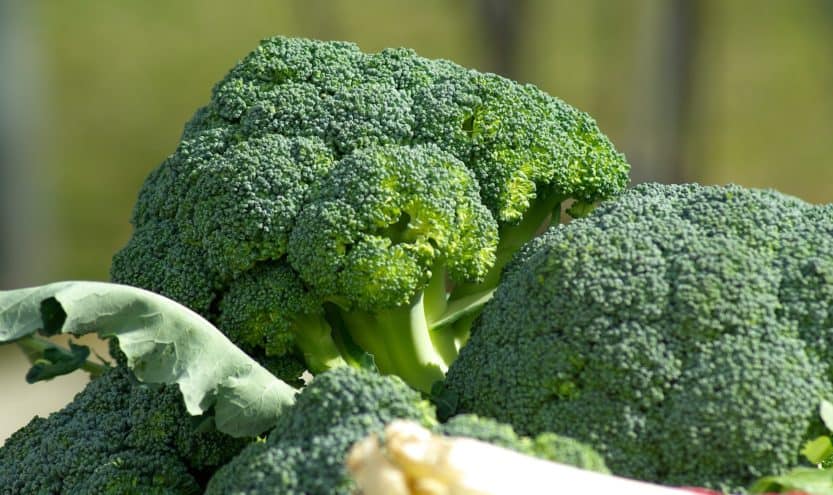
Broccoli is a nutritional powerhouse, packed with vitamins C and K, fiber, and numerous antioxidants. In November, Arizona gardeners can take advantage of the cool weather to grow this hardy vegetable. When planting broccoli, it’s essential to choose a variety that suits your climate—look for heat-tolerant varieties, as they can adapt better to Arizona’s fluctuating temperatures, especially in the Phoenix area.
To plant, start by preparing your soil with organic compost, which can enhance nutrient availability and improve drainage. Aim to space your broccoli seedlings about 18 inches apart to allow for ample air circulation and growth. Water your plants regularly, as consistent moisture is crucial for establishing a healthy root system. Keep an eye out for pests like aphids or cabbage worms by inspecting your plants regularly. A good organic pesticide can help manage these nuisances without harming the environment.
Harvest your broccoli heads when they are firm and tightly bunched, ideally just before the flower buds open. This ensures you get the best flavor and texture. After cutting the main head, you may also enjoy secondary shoots that will continue to develop, extending your harvest period.
Cabbage
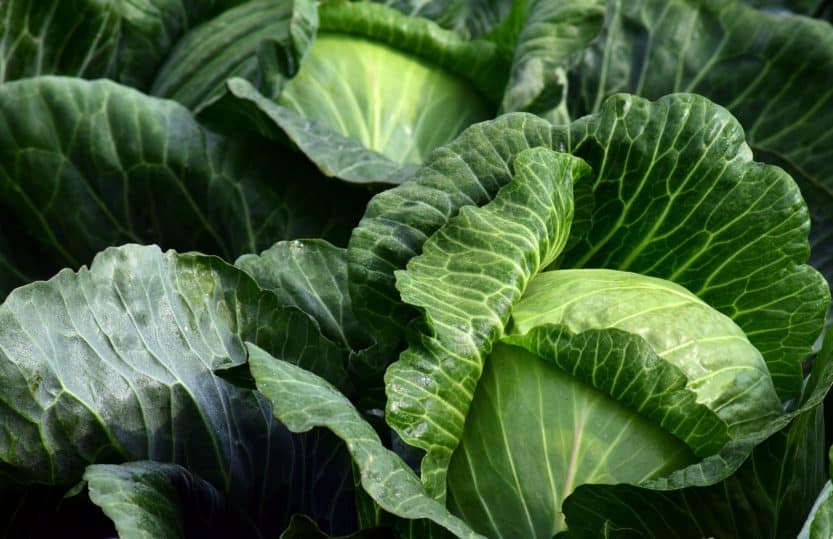
Cabbage is another fantastic crop to plant in November, known for its hardiness and versatility in the kitchen. This leafy green is not only a staple in a variety of dishes—from coleslaws to stews—but also offers significant health benefits, including a rich content of vitamins U and K.
When planting cabbage, ensure your soil is well-draining and enriched with organic matter. Cabbage prefers slightly acidic soils with a pH of around 6.0 to 6.8. Incorporating amendments like aged manure or compost before planting can set your cabbage up for success.
In terms of spacing, cabbage plants should also be planted roughly 12 to 18 inches apart. This ensures each plant has enough room for its expansive leaves to grow without competition for nutrients and sunlight. Cabbage is particularly sensitive to fluctuations in temperature, so consider using row covers to protect young seedlings from unexpected early frosts, creating a mini-greenhouse effect that will foster strong growth.
Regular watering is key, but be mindful not to water too much; cabbage prefers consistent moisture and can be susceptible to root rot in overly wet conditions. Cabbage can be harvested once the heads feel firm, which typically occurs about 70 to 100 days after planting. A sharp knife is essential for cutting the heads from the plant, which allows for clean harvesting without damaging surrounding plants.
Cauliflower
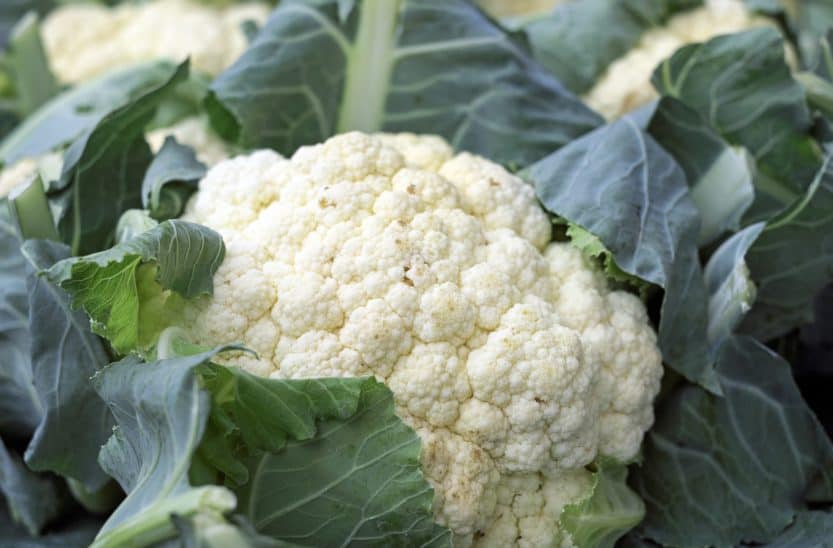
If you’re looking for a visually striking addition to your vegetable garden, cauliflower is the way to go. With its unique flower structure and vibrant color options, cauliflower not only tastes amazing but can also add aesthetic appeal to your garden beds. Additionally, it’s a great source of Vitamin C, fiber, and folate, making it a nutritious choice for your diet.
For best results, plant cauliflower in November, as it requires a cool growing season to develop its heads properly. Like broccoli, cauliflower should be spaced about 18 inches apart in fertile, well-drained soil. Start by preparing the bed with plenty of organic matter and maintaining a slightly acidic pH for optimal growth.
Cauliflower has a more sensitive growth rate, so be attentive to its water needs. Consistent irrigation of about 1-2 inches per week is recommended, but be cautious of overwatering, which can lead to poor head development. A trick to encourage a more concentrated head formation is to blanch the plant by wrapping its leaves around the developing head when it’s approximately 4-6 inches wide. This shields the head from direct sunlight and prevents it from turning yellow.
Kale
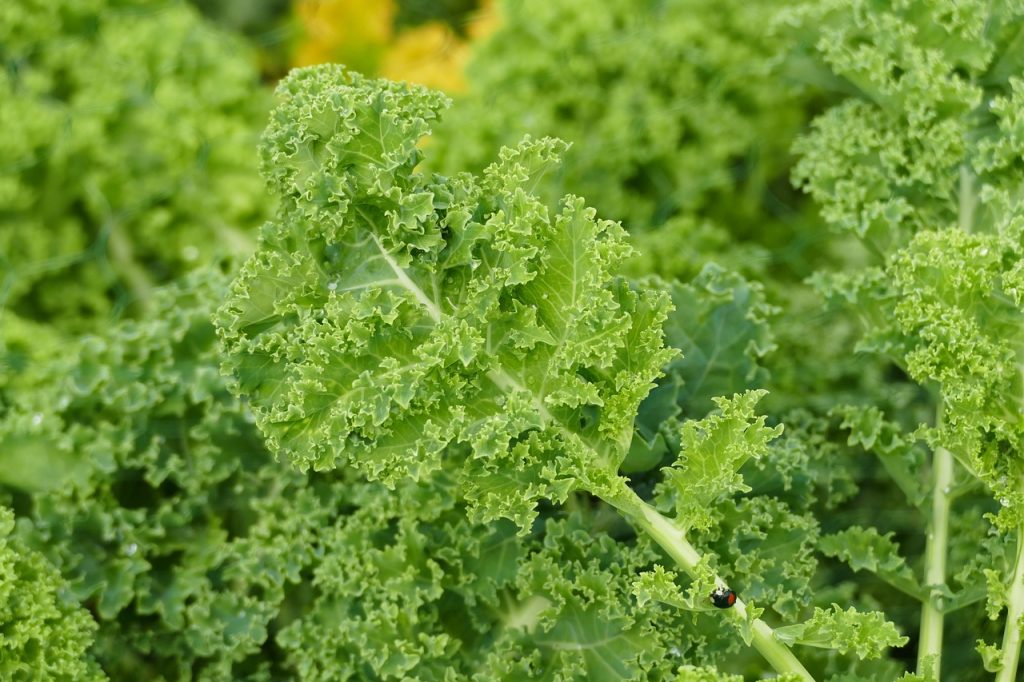
Kale is a nutritional superstar, known for its high content of vitamins A, C, and K, as well as its rich antioxidant properties. This resilient green is an excellent choice for planting in November, as it can withstand the cooler temperatures typical of Arizona’s winter months. Kale varieties such as ‘Lacinato’ and ‘Winterbor’ are particularly well suited to this climate, offering both sweet flavor and hardiness.
When planting kale, select a well-draining soil enriched with organic matter. Kale thrives in soil with a pH level between 6.0 and 7.5. Prior to planting, incorporating a balanced fertilizer can promote healthy leaf growth. Space your kale plants about 12 to 18 inches apart, ensuring they have enough room to expand and avoid disease.
Regular watering is crucial, as kale prefers consistent moisture, especially during the germination phase. Additionally, applying a layer of mulch can help retain soil moisture and inhibit weed growth. As the leaves begin to mature, you can start harvesting them from the bottom up, cutting off the outer leaves while allowing the inner ones to continue growing. This “cut and come again” method encourages longer harvest periods, allowing you to enjoy fresh kale throughout the winter.
Lettuce
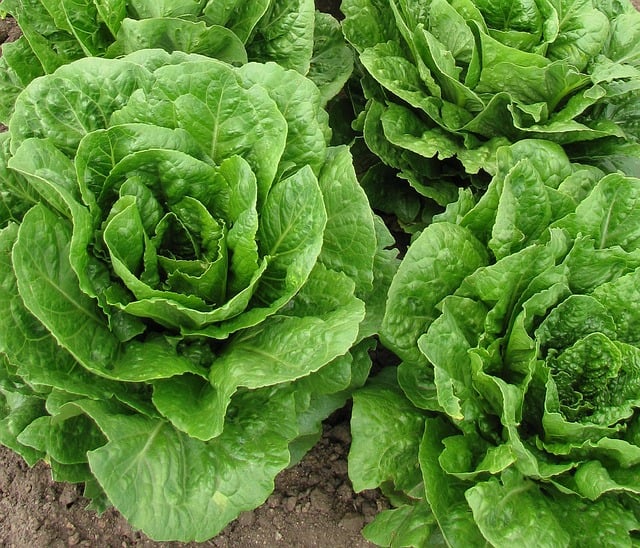
Lettuce is one of the quickest-growing crops you can plant in Arizona during November, perfect for those looking for fast results. With a variety of types available—ranging from crisphead varieties like ‘Iceberg’ to loose-leaf types like ‘Red Romaine’—gardeners can choose according to personal taste and garden space. Freshly picked lettuce is not only delicious but also packed with hydration and essential vitamins.
Preparing your soil for lettuce is essential; it thrives in well-draining, rich soil with a slightly acidic to neutral pH. Work in plenty of compost to encourage nutrient availability before planting your seeds. Lettuce can be sown directly into the soil or started indoors, then transplanted when the seedlings are a couple of inches tall.
When planting, space the seeds or seedlings roughly 10 to 12 inches apart to allow for proper growth. Be diligent about watering, maintaining a consistent moisture level to prevent the leaves from becoming bitter. Lettuce is sensitive to heat, but Arizona’s milder winter temperatures allow for a more successful grow. You can begin harvesting as soon as the leaves reach a desirable size. Regular clipping can also promote new leaf growth, extending your harvest from fall into the early spring.
Spinach

Spinach is another excellent leafy green to plant in November, valued for its versatility and health benefits. Rich in iron, magnesium, and vitamins A and K, spinach is perfect for a variety of dishes, from salads to casseroles. This cool-weather crop thrives in the winter, producing tender leaves that gardeners can enjoy well into the season.
For successful spinach cultivation, select a well-draining soil with a pH level of 6.5 to 7.5. Prior to planting, incorporate compost to boost nutrient content and improve soil structure. Spinach seeds can be sown directly in the garden, spaced about 3 inches apart, as this allows room for expansion. Once the seedlings emerge, thin them to about 6 inches apart to encourage robust growth.
Watering is vital during the spinach growing phase, especially when the seedlings are small. Consistent moisture is key, but avoid waterlogging the soil, which might lead to root rot. With proper care, spinach can be harvested as baby greens in as little as 30 days, or allowed to mature longer for larger leaves. Cut the outer leaves regularly, which encourages continual growth, ensuring a steady supply of fresh spinach throughout the winter months.
Swiss Chard
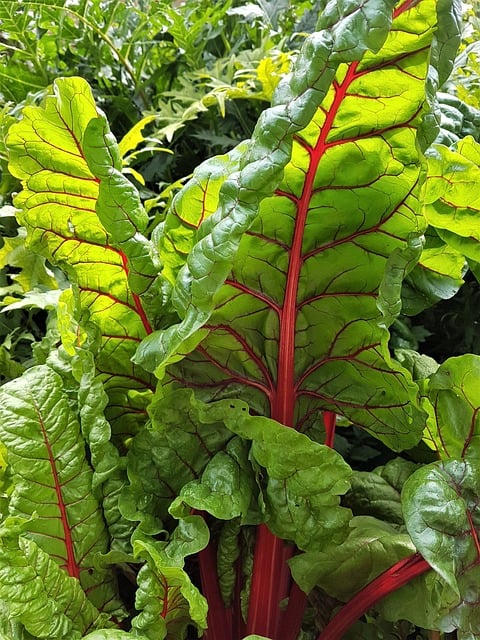
Swiss chard is a stunning leafy green that is both beautiful and nutritious, often recognized for its brightly colored stems and broad, dark green leaves. This vegetable is remarkably easy to grow and can withstand the cooler temperatures of November in Arizona, making it a favorite for gardeners.
When planting Swiss chard, choose well-draining soil that’s rich in organic matter, as chard thrives on nutrients. Before planting, amend your soil with compost or well-rotted manure, working it into the top few inches to enhance fertility. Seeds can be sown directly into the garden bed or transplanted from seedlings. Plant them about 6 to 12 inches apart, allowing ample space for the mature leaves to spread.
One of the significant advantages of Swiss chard is its ability to tolerate frost. In fact, light frosts can enhance the sweetness of the leaves! Be sure to keep the soil consistently moist, especially during the germination period, but avoid overwatering. Harvest Swiss chard by cutting the outer leaves at the base or by snipping individual leaves, which encourages continued growth. This method can yield fresh chard throughout the winter and even into early spring, providing you with a continuous supply of this vibrant green.
Peas

November marks the perfect window to plant peas in Arizona. These delightful legumes thrive in cooler weather and can add a sweet crunch to a variety of dishes. Common varieties include snow peas, snap peas, and shelling peas; all offer different textures and flavors for culinary versatility.
When planting peas, opt for a well-draining soil that is enriched with organic matter. Peas prefer slightly acidic to neutral pH levels (6.0-7.5). To give your peas a head start, soak the seeds in water for a few hours before planting; this process helps to soften the outer shell and improves germination rates. Sow the seeds about an inch deep, ideally 2 inches apart, and provide support with trellises or cages as they grow.
Peas benefit greatly from consistent moisture, so be prepared to irrigate regularly, particularly during dry spells. As they mature, they generally reach harvestable size in 60 to 70 days. Look for peas that are plump but still tender; harvesting regularly can promote further pod development and extend the harvest season. Additionally, planting successive crops every two to four weeks can result in a staggered harvest, providing a bountiful supply throughout the winter months.
Fava Beans

Fava beans, or broad beans, are a nutritious and flavorful addition to your November planting schedule in Arizona. They are known for their rich protein content and are a staple in Mediterranean cuisine. These hearty legumes are well-suited for cooler temperatures and can withstand the temperatures found in Arizona’s mild winters.
Before planting, choose a sunny location and prepare your soil by incorporating compost to improve drainage and nutrient levels. Fava beans prefer a slightly alkaline soil with a pH between 7.0 and 8.0. Plant the seeds about 1-2 inches deep and 6 inches apart to ensure adequate airflow and space for growth.
Water the seeds well after planting, and maintain consistent moisture throughout their growing season. Fava beans have a unique ability to fix nitrogen in the soil, meaning they can enrich the soil quality, making them an excellent crop to intersperse with other plants. Orchards and vegetable patches can benefit significantly from the addition of fava beans, resulting in healthier plants over time.
Harvesting typically occurs around 90 days after planting, when the pods are plump but still young and tender. To enjoy their full flavor, you can consume both the beans and the young pods, which are delicious when sautéed or added to salads.
Carrots
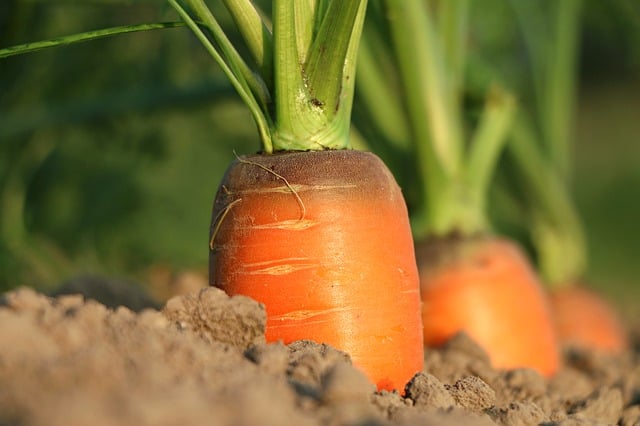
In November, it’s the perfect time to sow carrots in Arizona’s sandy loam or well-draining soils, which are ideal for nurturing these sweet, crunchy vegetables. Carrots enjoy the cool temperatures of winter, which help them develop their characteristic sweetness. They come in various varieties, including the classic orange ones and more colorful options like purple, yellow, and white, allowing for an exciting harvest.
When planting, select a site with full sunlight and loosen the soil to at least 12 inches deep to prevent the roots from becoming stunted or forked. Clear the area of rocks and debris, as any obstruction can affect the growth of the root. Seeds are tiny and should be sown about half an inch deep and spaced 2 to 4 inches apart in rows that are 12 to 18 inches apart.
Watering is crucial during germination, which can take 14 to 21 days, so keep the soil consistently moist but not overly saturated. Thin the seedlings once they reach about 2 inches tall to ensure proper spacing; this step is critical for allowing full-sized roots to develop. As your carrots grow, remember that consistent watering throughout their life cycle is key to producing sweet, crisp roots. Harvest your carrots when they reach their desired size, which can vary by variety, but generally falls between 2 to 4 months after planting.
Turnips
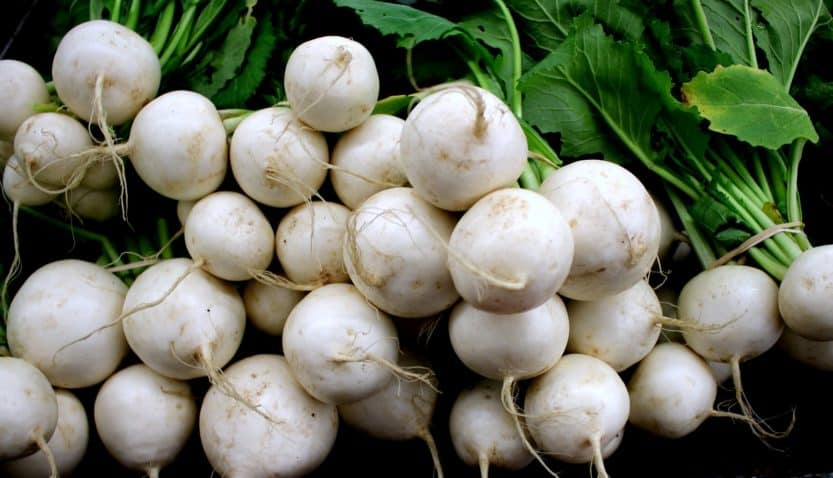
Turnips are an excellent choice for November planting, offering both greens and edible roots that are rich in vitamins and minerals. This root vegetable can adapt well to Arizona’s winter climate, making it a valuable addition to your garden. With a slightly peppery flavor, turnips can be enjoyed raw in salads or cooked in various dishes.
When planting turnips, choose fertile, well-draining soil. Like carrots, turnips benefit from loose soil that allows their roots to expand without obstruction. Sow seeds about half an inch deep and space them 2 to 4 inches apart in rows that are 12 to 18 inches apart. For a staggered harvest, consider planting seeds every couple of weeks.
Turnips thrive with consistent moisture, so ensure your garden bed is well-watered, particularly during the early growth stages. They typically take around 30 to 60 days to reach maturity for the roots, depending on the variety. Harvest when they are young and small for the best flavor, typically when they are 2 to 3 inches in diameter. Don’t forget that the greens are also edible; they can be harvested and cooked in much the same way as kale or Swiss chard.
In summary, November provides the perfect conditions for planting carrots, lettuce, and turnips in Arizona. Each of these vegetables adds valuable nutrition and variety to your winter meals, making them must-haves in any winter garden. With careful attention to their unique growing needs, you can enjoy a flourishing harvest throughout the cooler months that will undoubtedly enhance your culinary adventures. Embrace the seasonal change in your garden and prepare for a bountiful winter harvest!
What Flowers To Plant In November In Arizona
As you transition your garden from the vibrant heat of summer to the cool, crisp days of November in Arizona, it becomes an ideal time to think beyond just vegetables. Ornamental flowers can breathe new life into your landscape, adding color and texture during the cooler months.
Alyssum
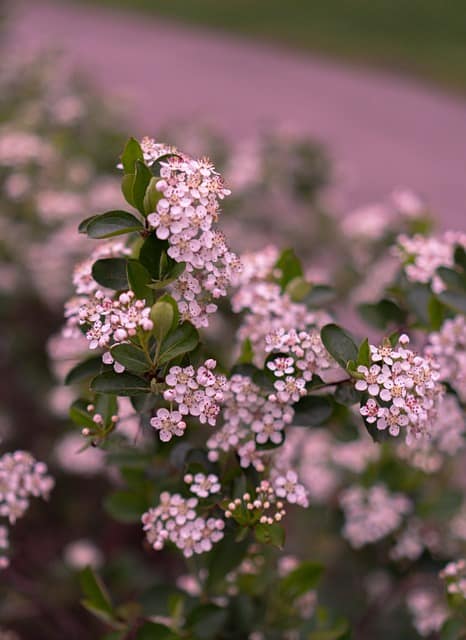
Alyssum is a charming, low-growing annual that produces delicate clusters of fragrant white, purple, or yellow flowers. This resilient plant is perfect for Arizona gardens in November due to its ability to tolerate cooler temperatures and even a light frost. The sweet scent of Alyssum is a delightful addition to any garden, and it’s known for attracting beneficial insects, such as bees and butterflies, making it an excellent choice for gardeners looking to support pollinator populations.
Alyssum prefers well-drained soil and thrives in full sun, although it can tolerate partial shade. To plant, prepare your garden bed by loosening the soil and mixing in some compost to enrich it further. Sow the seeds directly into the soil or start them indoors and transplant after a few weeks. Plant the seedlings about 6 to 12 inches apart to allow for ample spacing as they spread.
Water regularly to establish roots, but be cautious of overwatering, as Alyssum prefers slightly drier conditions once established. These flowers generally bloom within 8 to 14 weeks from seeding, and their flowering can extend through early spring if deadheaded regularly, ensuring your garden remains vibrant and colorful through the winter months.
Asters
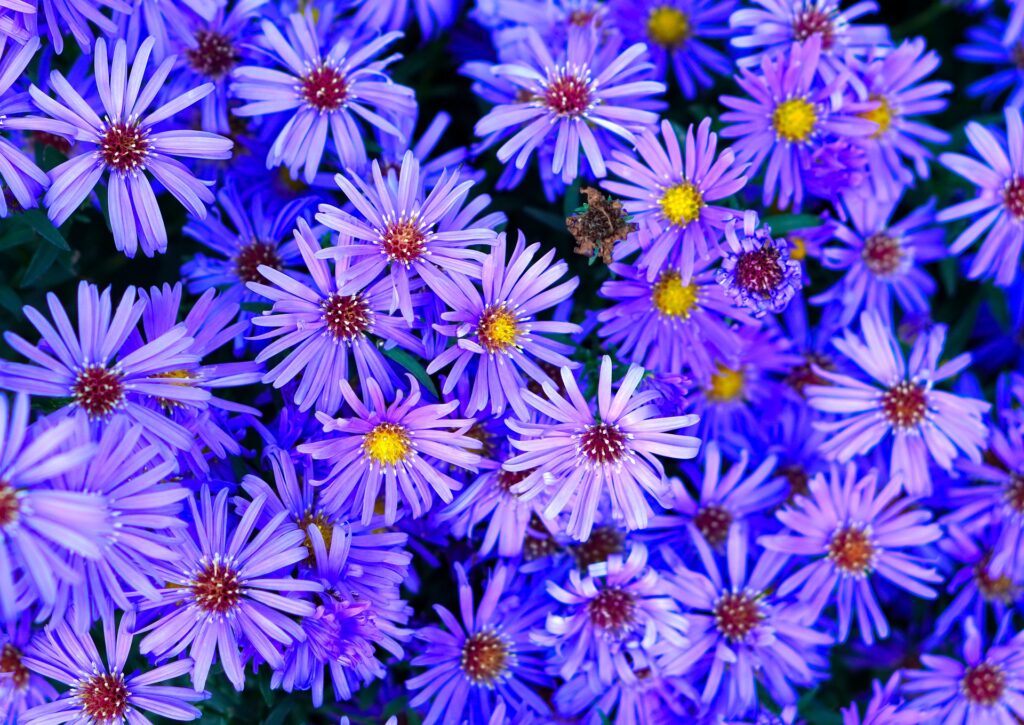
Asters are perennial flowers known for their stunning daisy-like blooms, which come in a range of colors, including blue, purple, pink, and white. Planting Asters in November allows the roots to acclimate to the cooler weather, setting a strong foundation for vibrant growth in the spring. Their blooms are particularly attractive to bees and butterflies, making them a great choice for creating a butterfly garden.
When planting Asters, select a sunny spot with well-drained soil rich in organic matter. Consider mixing in compost to improve the soil structure before planting. Asters should be spaced about 12 to 18 inches apart to allow the plants to grow and spread without overcrowding each other. It’s crucial to plant them at the same depth they were growing in their pots or as they were sown.
Watering needs are moderate; ensure the plants receive adequate moisture during dry spells, especially as they establish. Asters are somewhat drought-resistant once established, but they perform best with consistent watering. When the blooms appear in spring and summer, you’ll enjoy a flourishing display that can last until fall. Deadheading spent flowers encourages new blooms and prolongs the flowering period, ensuring your garden remains lively for months.
Calendula

Calendula, commonly referred to as marigold or pot marigold, is an incredibly versatile and hardy flower well-suited for Arizona gardens in November. With its vibrant orange and yellow blooms, Calendula is not only beautiful but also edible—its petals can be used to enhance salads, soups, and other dishes. Known for their medicinal properties, Calendula flowers have been used in traditional herbal medicine for their antiseptic and anti-inflammatory benefits.
To plant Calendula, choose a sunny location with well-draining soil. These flowers are tolerant of poor soil conditions, which makes them great companions in mixed garden beds. You can directly sow seeds into the ground or start them indoors to transplant later. Space the seeds about 6 to 12 inches apart to allow adequate air circulation and growth.
Water Calendula regularly, especially during dry periods, as consistent moisture is key to healthy development. The seeds will germinate within 7 to 14 days, and blooms typically appear within about 50 to 60 days. Calendula attracts pollinators and can also help ward off pests due to its natural properties, making it a smart choice for companion planting alongside vegetables.
Chrysanthemums
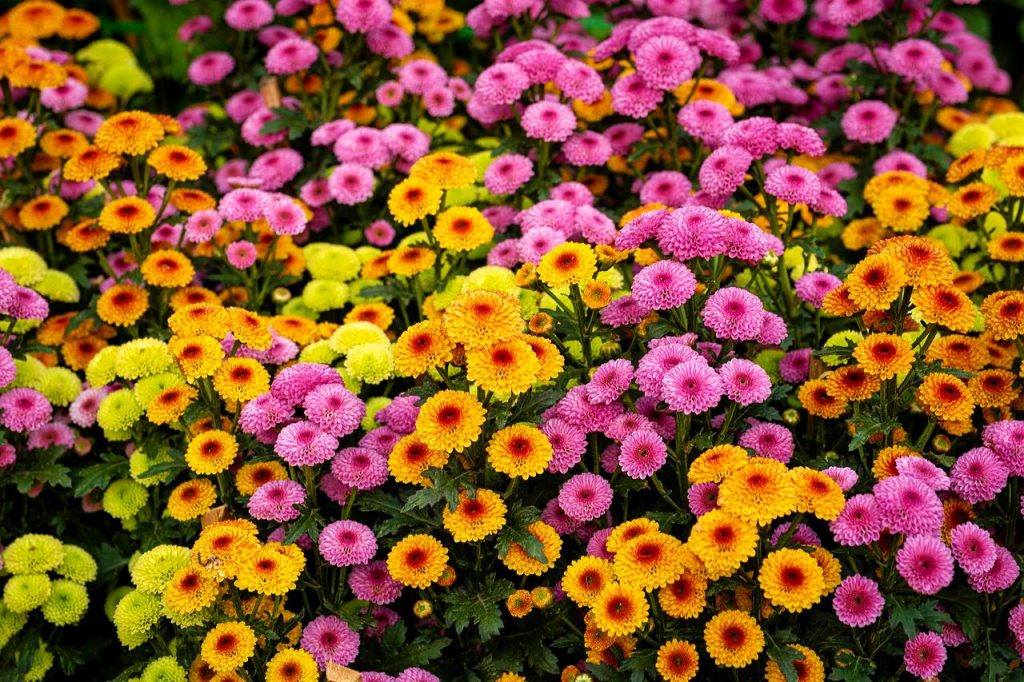
Chrysanthemums, often affectionately known as “mums,” are iconic fall flowers that bloom in a splendid array of colors such as red, yellow, orange, and purple. These perennials are not only celebrated for their ornamental beauty but also symbolize joy and optimism. Planting Chrysanthemums in November allows them to establish roots in cooler weather, ensuring a robust bloom next spring.
To plant Chrysanthemums, choose well-draining soil that is rich in organic matter and provides plenty of sunlight; ideally, they should receive at least six hours of direct sunlight daily. Prepare the soil by mixing in compost or aged manure, which will help to nourish the plants as they grow. When planting, ensure that each mum is spaced about 18 to 24 inches apart to allow room for their sprawling growth.
Watering is crucial during the establishment phase; keep the soil consistently moist, but active watering should decrease once the plants are well-rooted. Chrysanthemums can thrive even in somewhat dry conditions, making them well-suited to Arizona’s climate. These hardy flowers can bloom from late spring into fall, providing continuous color and interest in your garden. Regular deadheading will promote flowering throughout the season and help prevent disease.
Hollyhocks
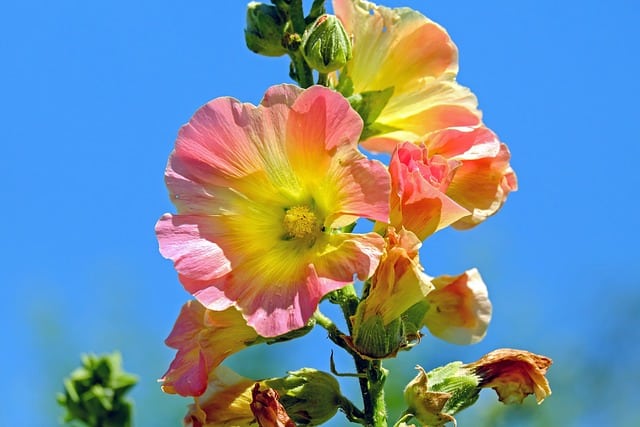
Hollyhocks are classic garden staples known for their towering, stunning spikes filled with large, cup-shaped flowers. These biennial plants can bring a touch of old-world charm to any garden, with colors ranging from soft pastels to deep, vibrant hues. November is an excellent time to plant Hollyhocks in Arizona as they benefit from cooler temperatures for establishing strong roots before summer blooms.
When planting Hollyhocks, select a sunny location with well-draining soil, as poor drainage can lead to root rot. Prepare the soil by loosening it to a depth of at least 12 inches and mixing in organic compost, which will enhance nutrient availability. Sow the seeds about ½ inch deep, spacing them 12 to 24 inches apart to account for their tall growth.
Irrigation is key during the initial stages; ensure the seeds remain moist until germination occurs, which typically takes about 10 to 14 days. Once established, Hollyhocks require minimal watering, thriving with occasional deep watering to maintain soil moisture. These flowers will reach their full height of 4 to 8 feet, making them ideal for planting along structures or fences. With proper care, you can enjoy a stunning display of blooms during late spring and summer, creating a lovely focal point in your garden.
Marigold
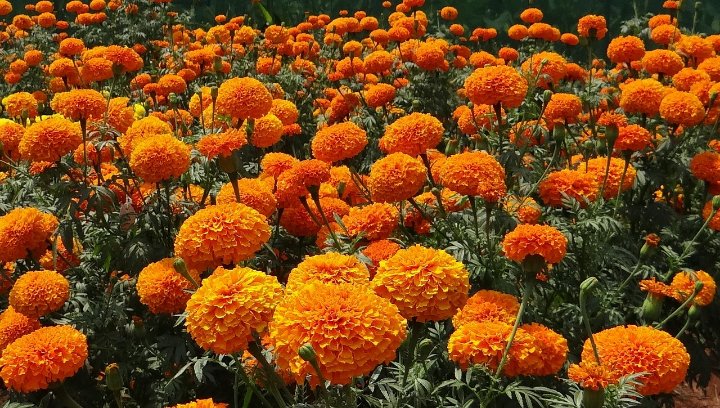
Marigolds are cheerful, easy-to-grow annuals that offer bright blooms in yellow, orange, and red, making them a favorite among gardeners. Beyond their visual appeal, Marigolds are also beneficial for pest control; their aroma can deter harmful insects, making them excellent companions for vegetable gardens. November is a great time to plant Marigolds in Arizona, as they can thrive in cooler temperatures and bloom beautifully even as the weather shifts.
To plant Marigolds, choose a sunny spot in your garden with well-draining soil. These flowers are adaptable, but they do best in slightly acidic to neutral pH levels. When planting, either direct sow seeds or use transplants from nurseries. Space the plants 6 to 12 inches apart to ensure good air circulation and healthy growth.
Water the seedlings regularly, particularly during dry spells, ensuring that the soil remains consistently moist but not waterlogged. Marigolds can flourish with moderate watering once established. Deadheading spent blooms encourages longer flowering periods, allowing you to enjoy vibrant color throughout the fall and winter.
Pansies

Pansies are cherished for their stunning array of colors and charming faces. Known for their cold tolerance, these annual flowers can withstand frost, making them a perfect choice for planting in November. Pansies add a splash of color to your winter garden, blooming from fall through spring with diligent care.
When planting pansies, select a location that receives full sun to partial shade. Soil should be well-draining and rich in organic matter, so consider mixing compost into your garden bed for optimal results. Space the seedlings about 6 to 8 inches apart to allow for their bushy growth.
Watering is critical after planting; keep the soil consistently moist, particularly during the initial establishment period. Pansies are relatively low-maintenance once established but appreciate regular watering, especially during dry spells. To prolong their blooming period, deadhead any spent flowers regularly. Pansies can even be grown in containers, making them a versatile option for patio or balcony gardening.
Snapdragons
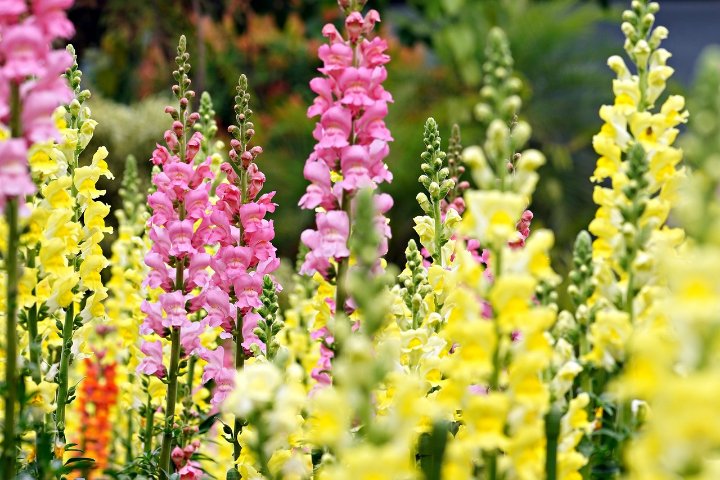
Snapdragons are another excellent choice for November planting in Arizona, renowned for their impressive vertical spikes and whimsical blooms that resemble the mouths of dragons. They come in a variety of heights and colors, making them a versatile addition to any garden. Snapdragons exhibit a remarkable tolerance for cold weather, allowing them to bloom beautifully even when temperatures dip.
For successful Snapdragons, choose a spot that enjoys full sun with well-draining soil enriched with organic matter. They prefer slightly acidic to neutral soil, so if you’re unsure of your soil’s pH, consider conducting a test. When planting, make sure to space Snapdragons 6 to 12 inches apart, depending on the expected height of the variety you choose.
Regular watering is essential to keep the soil consistently moist but not soggy, as Snapdragons are susceptible to root rot in over-watered conditions. Once the plants are established, they require less frequent watering. Fertilizing with a balanced, slow-release fertilizer can promote robust growth and vibrant blooms. These flowers are known for their resilience, so with proper care, you can expect a stunning display of blooms that last from winter through spring.
Zinnias
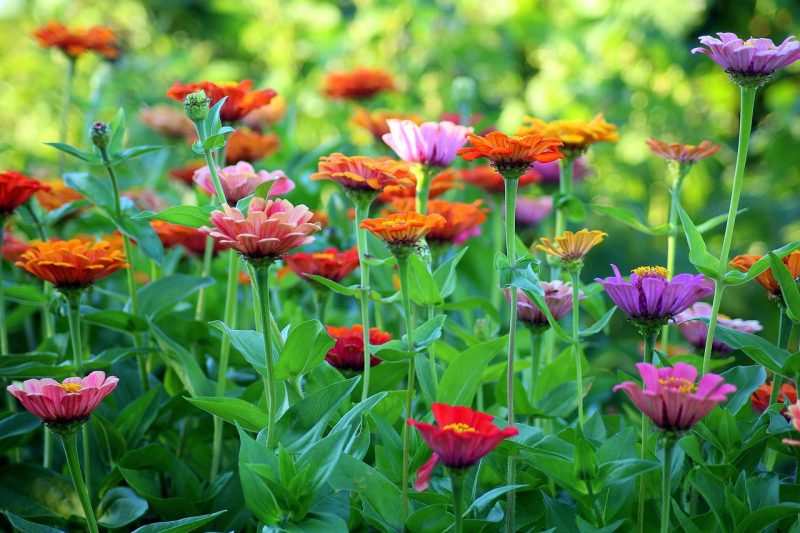
Zinnias are among the easiest and most rewarding flowers to grow, with their bright and cheerful blossoms creating a colorful tapestry in the garden. While typically planted in spring, November is also a suitable time to sow Zinnias in Arizona, particularly in areas with milder winters. These annuals have a quick growth rate and can provide an impressive array of colors from red to pink, yellow, and orange.
To plant Zinnias, select a sunny location with well-draining soil. These flowers thrive in warm conditions, so while it’s cooler in November, they can still flourish with adequate sunlight. Space the seeds or transplants 12 inches apart to encourage good airflow, which helps prevent the spread of diseases.
Zinnias appreciate regular watering, especially in their early growth stages, and should be watered at the base to avoid mildew on the foliage. Once established, they are relatively drought-tolerant, making them suitable for Arizona’s dry climate. For best results, consider pinching off the top of younger plants to encourage bushier growth and more blooms. Zinnias are also excellent for attracting pollinators like butterflies, enhancing the biodiversity of your garden.
What Herbs To Plant In November In Arizona
As November settles into Arizona, it becomes an exciting time for gardeners eager to cultivate fresh herbs that can endure the cooler months.
Cilantro

Cilantro is a versatile herb cherished for its bright, fresh flavor, commonly used in salsa, salads, and various dishes around the world. November is an excellent time to plant cilantro in Arizona due to the cooler temperatures that help it thrive without bolting—an issue that often arises during the heat of summer.
To successfully grow cilantro, choose a spot that gets at least six hours of sunlight per day while ensuring the soil is well-draining and enriched with organic matter. If your soil is heavy or clay-like, consider mixing in compost or peat moss to improve aeration and drainage. Plant seeds about ¼ inch deep and space them 12 inches apart, as cilantro can spread as it matures.
Water cilantro regularly to keep the soil consistently moist but not soggy. This herb grows quickly and can be harvested within a few weeks, making it ideal for succession planting. You can enjoy the fresh leaves in your kitchen while also allowing some plants to mature and produce coriander seeds, which can be harvested and used as a spice. For continuous harvests, sow additional seeds every few weeks throughout the fall.
Dill
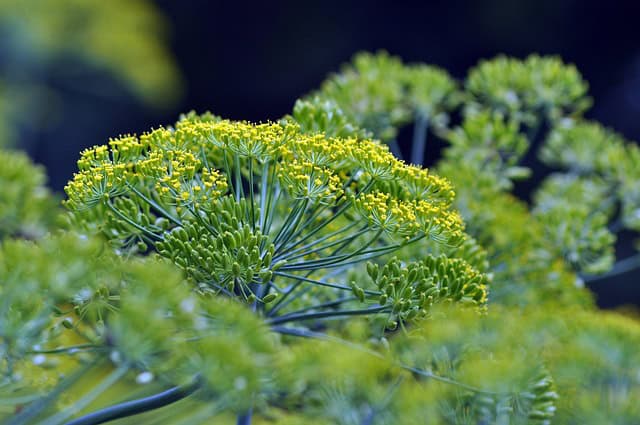
Dill is another fantastic herb to grow in November, known for its delicate, feathery foliage and distinct flavor. It is commonly used in pickling, as well as in Mediterranean and Eastern European cuisines. Dill thrives in the cooler weather of fall and winter, which makes it an ideal planting choice for your Arizona garden during this time.
When planting dill, select a location that receives full sun, as this herb loves warmth and light. Choose well-draining soil with good organic content; preparing the soil with compost will enhance nutrient availability. Plant dill seeds about ¼ inch deep, with spacing of about 12 inches apart, as it can grow several feet tall.
Regular watering is essential, particularly during dry spells, to keep the foliage lush and healthy. Unlike many herbs, dill is not a perennial; it will complete its life cycle in a single growing season, so you might consider sowing seeds in succession throughout November and December to ensure a steady supply. Dill also attracts beneficial insects and pollinators, making it a great addition to any garden ecosystem.
Rosemary
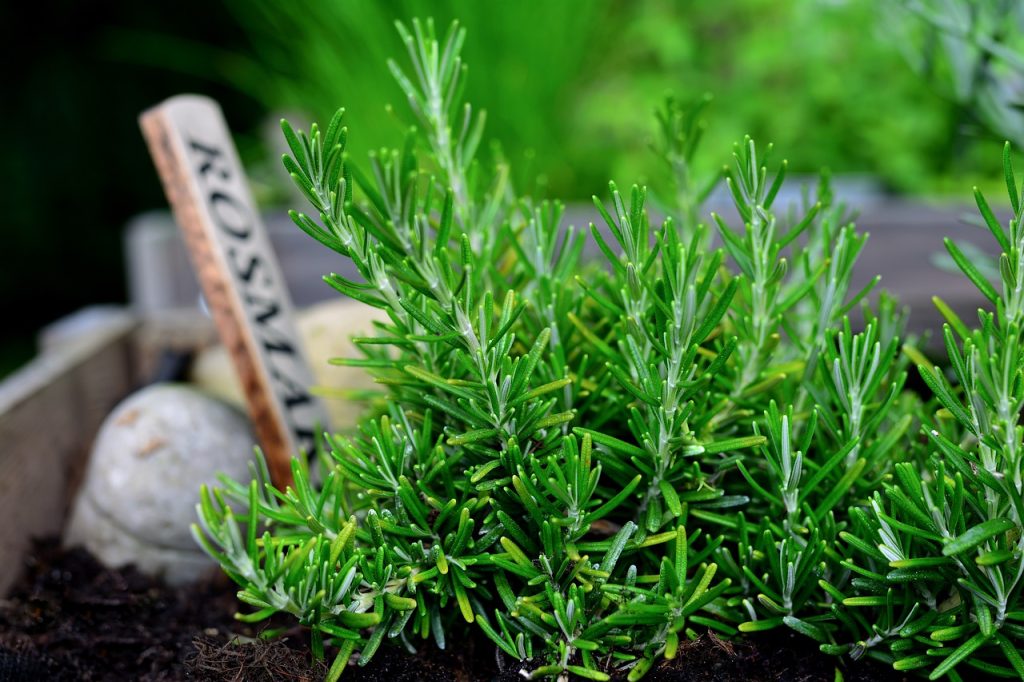
Rosemary is a hardy, aromatic herb that adds a touch of Mediterranean flair to your garden. Known for its needle-like leaves and robust flavor, rosemary thrives in a variety of dishes, from roasted meats to fragrant breads. Planting rosemary in November allows it to establish a strong root system before the colder winter months set in.
When choosing a planting location for rosemary, opt for a site that receives full sunlight, ideally with at least six to eight hours of direct sun each day. This herb prefers well-draining soil that is slightly alkaline. If your soil has a high clay content, amend it with sand or perlite to encourage drainage. Rosemary can be planted from seeds, cuttings, or established plants. When planting cuttings, ensure they are spaced 24 inches apart to accommodate their eventual size.
Once established, rosemary is drought-tolerant and requires minimal watering. However, it’s essential to monitor moisture levels, especially during prolonged dry periods. Pruning rosemary regularly helps maintain its shape and encourages denser growth; taking cuttings during this process allows you to propagate new plants easily. The unique, savory flavor of rosemary enhances many dishes and its fragrant foliage can add both beauty and sensory pleasure to your garden.
Thyme
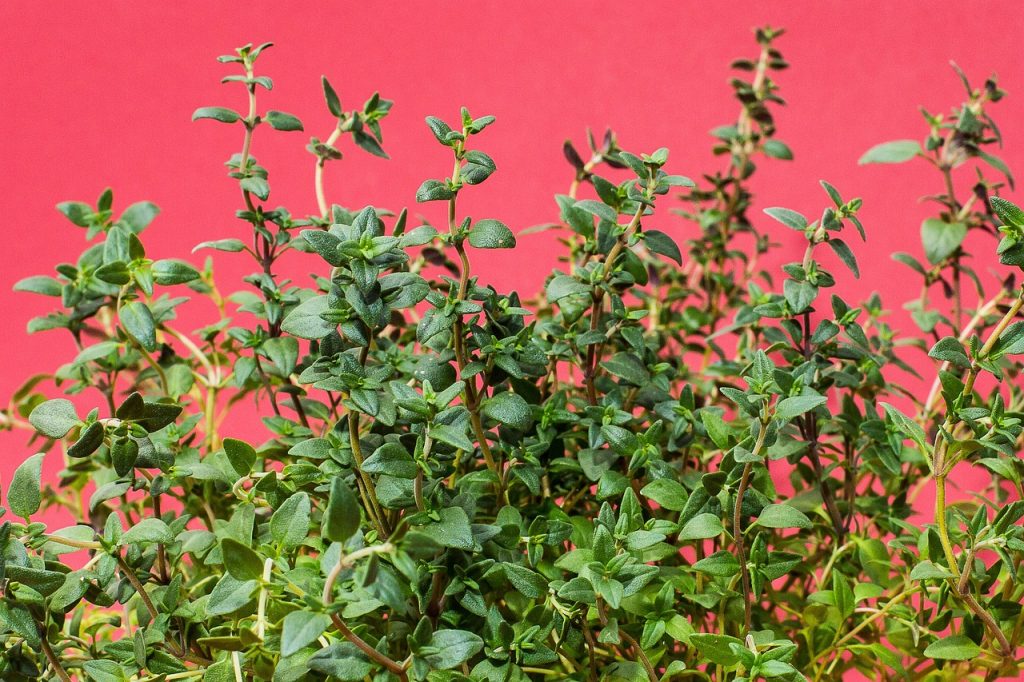
Thyme is a timeless herb celebrated for its robust flavor and aromatic qualities, making it a staple in kitchens around the world. November is an ideal month for planting thyme in Arizona, as it thrives in cooler weather while benefitting from the mild winter sun. This herb is not only an essential ingredient in various dishes but also a resilient perennial that can provide harvests for many years with proper care.
To plant thyme, select a sunny location that receives at least six to eight hours of direct sunlight each day. This herb appreciates well-draining soil, which is crucial to prevent root rot. You can enhance your soil by adding organic matter, such as compost, to improve fertility. Thyme can be started from seeds or propagated through cuttings, and when planting seeds, it’s best to sow them on the surface of the soil, as they require light for germination. Space the seeds or transplants about 12 to 18 inches apart to allow for adequate airflow and growth.
Watering thyme should be approached with caution; it prefers slightly dry conditions and should be watered only when the top inch of soil feels dry. Once established, thyme is remarkably drought-tolerant, thriving on minimal moisture—a characteristic that makes it ideal for efficient outdoor spaces. Pruning back thyme encourages bushier growth and enhances flavor; using fresh leaves in cooking can elevate an array of dishes, from roasted vegetables to hearty stews. Additionally, thyme attracts beneficial insects, helping to promote a healthy garden ecosystem.
FAQs
1. What vegetables can I plant in November in Arizona?
Aside from the herbs mentioned, you can plant cool-season vegetables such as lettuce, spinach, carrots, beets, and radishes. These crops thrive in the cooler months and can be sown directly into the garden during November.
2. How often should I water my newly planted herbs and flowers?
For newly planted herbs and flowers, it’s crucial to keep the soil consistently moist but not waterlogged. Typically, watering every few days is adequate during establishment, but be sure to check the soil moisture and adjust accordingly, especially during warmer daytime temperatures.
3. Is it too late to start a garden in November?
Not at all! November offers a wonderful opportunity to plant a variety of cool-season crops and flowers. Many plants thrive in the mild Arizona winter, making this a perfect time for fresh plantings.
4. Can I plant perennials in November?
Yes, November is a suitable time to plant perennials as well, particularly those that thrive in cooler conditions. With well-prepared soil and proper care, these plants can establish strong roots before winter dormancy.
5. What should I do to prepare my garden for winter?
In preparation for winter, it’s advisable to clear away any debris from the garden beds, enrich the soil with compost, and mulch around plants to protect them from temperature fluctuations. This will promote healthy root systems and prepare your garden for spring growth.
6. How do I protect my plants from frost?
To protect your plants from potential frost, consider covering them with frost cloths or blankets during particularly chilly nights. Alternatively, you can plant in sheltered areas or use row covers for added protection.
In summary, November is an excellent month for Arizona gardeners to plant thyme, along with a diverse selection of herbs and vegetables. This guide, along with the answers to common questions, equips you with valuable insights to cultivate a thriving garden as temperatures cool. Embrace the gardening opportunities November offers, and watch your garden flourish even during the winter months!





